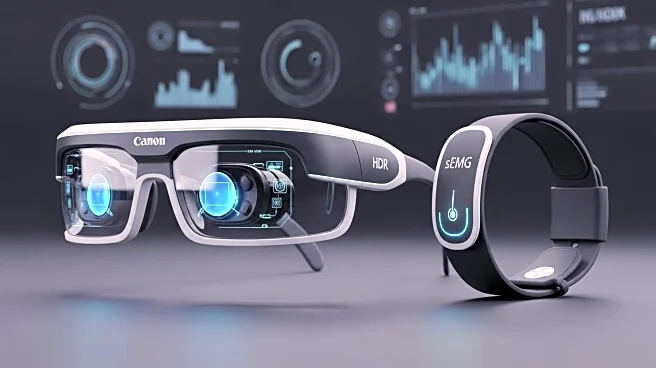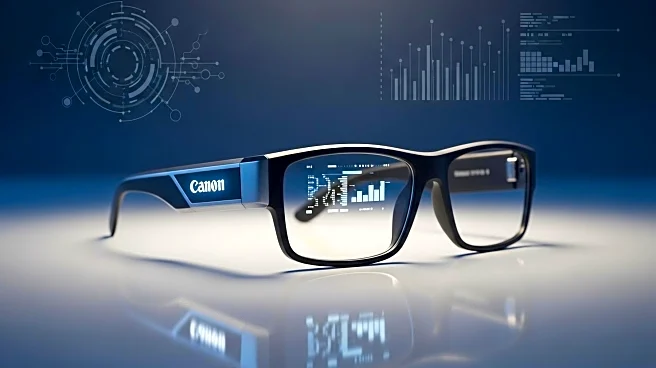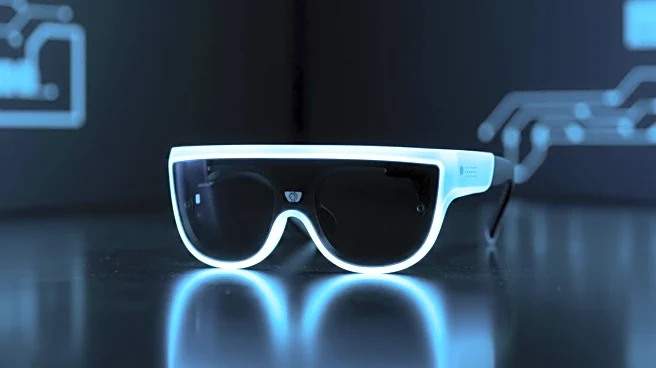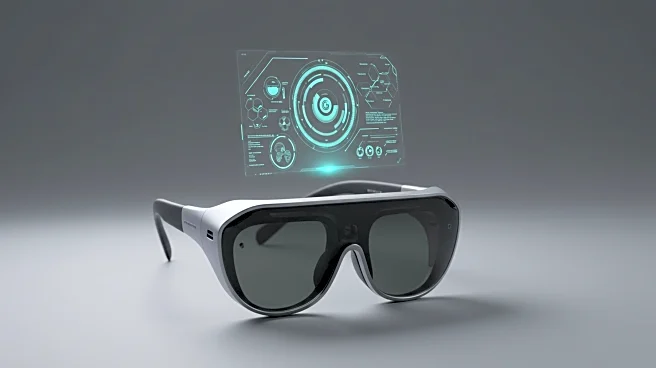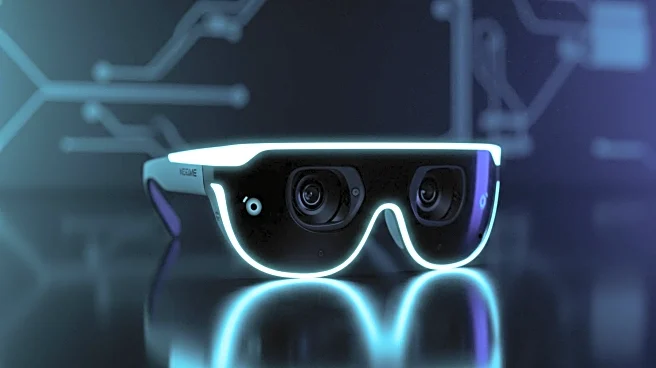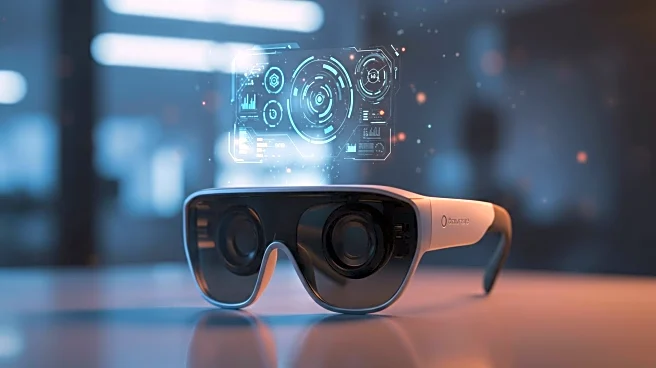What's Happening?
Meta is reaching out to third-party developers to create experimental apps for its upcoming HUD glasses, which will feature a sEMG wristband. The HUD glasses are designed to display information such as time, weather, notifications, and navigation, with the potential to show Meta AI responses as text. The field of view for the HUD is reported to be around 20 degrees, and the glasses will use a waveguide from Lumus. The sEMG wristband, which controls the glasses through finger gestures, has encountered ergonomic issues during testing, particularly regarding fit and functionality across different users.
Why It's Important?
Meta's initiative to support third-party apps for its HUD glasses highlights the company's commitment to expanding the functionality and appeal of wearable technology. By involving developers, Meta aims to enhance the user experience and promote the adoption of its glasses. The integration of sEMG technology represents a significant advancement in gesture control, potentially influencing future developments in human-computer interaction. This move could also impact the wearable tech market, encouraging other companies to explore similar innovations and partnerships.
What's Next?
Meta is expected to announce the HUD glasses, named Celeste, at the Meta Connect 2025 event, with preorders opening in October. Developers and consumers will be watching closely to see how these glasses perform and whether they meet expectations. The success of this product could lead to further collaborations between Meta and third-party developers, driving innovation in wearable technology. As Meta continues to refine its sEMG technology, improvements in machine learning models may enhance the robustness and functionality of the wristband.
